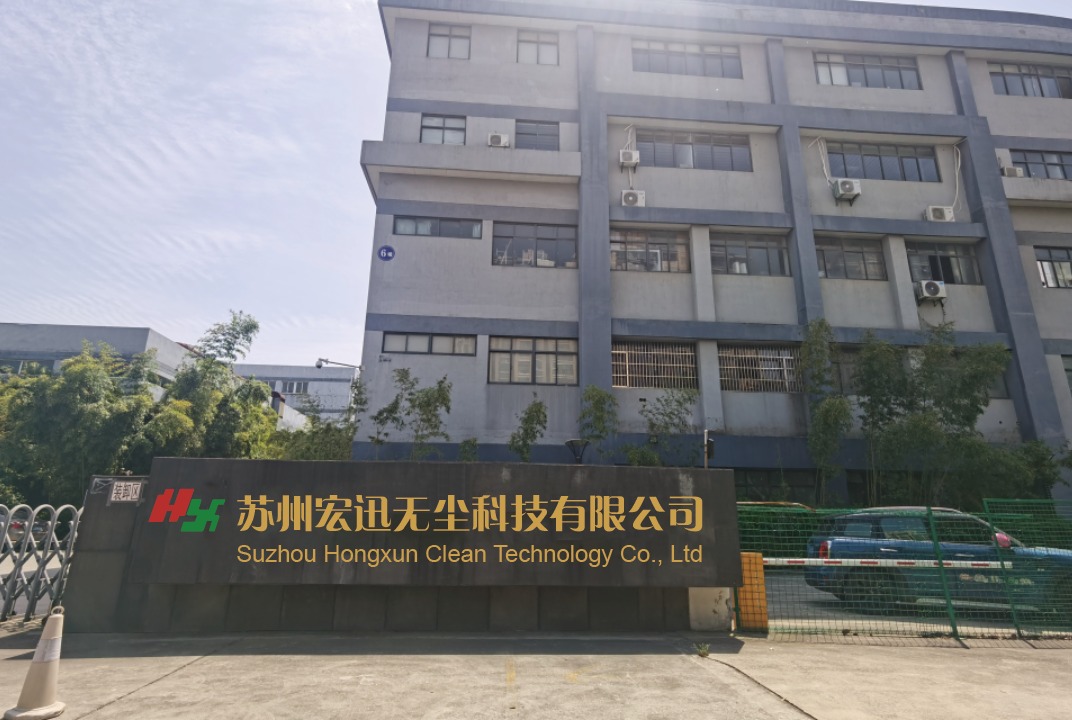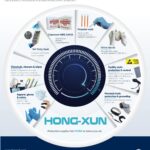In the aerospace industry, maintaining strict compliance with regulatory and quality standards is critical. Labswabs serve a valuable role in achieving these standards, particularly in cleaning, contamination control, and testing procedures. Here is a detailed overview of their specific applications, best practices, and the benefits they offer clients in aerospace compliance.
Applications of Labswabs in Meeting Aerospace Industry Compliance Requirements
- Surface Cleanliness Verification: Labswabs are commonly used to verify surface cleanliness in manufacturing and assembly processes. They help detect microscopic contaminants, such as dust particles, oils, or residue, which must be removed to meet stringent aerospace standards (e.g., ISO 14644 for cleanliness). This verification is critical in ensuring that components, such as aircraft parts, engines, and electronic systems, are free from contaminants that could compromise performance.
- Inspection for Particle Contamination: Labswabs aid in particle contamination control by swabbing surfaces to collect samples for analysis. They can then be used in conjunction with microscopic or spectrometric analysis to identify and quantify contaminants, such as metal particles, fibers, or lubricants, which could affect critical systems.
- Monitoring of Adhesive and Coating Quality: Labswabs are also essential for ensuring that coatings and adhesives applied to aerospace components meet quality standards. They allow for precise sampling to check the uniformity and integrity of coatings, helping prevent issues like peeling, cracking, or improper adhesion that could reduce part reliability.
- Cleanroom and Equipment Testing: In cleanroom environments, labswabs are used to test surfaces, tools, and other equipment for contaminants. Maintaining a controlled environment in aerospace manufacturing is crucial to prevent foreign object damage (FOD) or contamination that could impact sensitive parts.
- Aircraft Interior Maintenance and Hygiene: Labswabs are used to monitor the cleanliness of aircraft interiors, ensuring compliance with hygiene standards. This includes swabbing seats, control panels, and high-touch areas to detect microbial contamination and ensure that surfaces are maintained at industry hygiene standards.
Best Practices and Considerations
- Material Selection: Choosing the right labswab material is essential. For aerospace, swabs with low particle-shedding and non-abrasive properties (like foam or polyester) are preferred to avoid introducing additional contaminants. Some swabs are compatible with solvents or deionized water for specialized cleaning.
- Sterility and Contamination Control: Labswabs should be individually packed and sterile to prevent cross-contamination. Any contamination during swabbing could invalidate compliance testing, so it’s essential to handle swabs only by the handle and avoid contact with unintended surfaces.
- Proper Technique for Swabbing: To ensure accurate testing, technicians should use a consistent, systematic swabbing pattern, such as a cross-hatch or figure-eight pattern. This ensures that the swab gathers contaminants evenly across the target area.
- Environmental Control: Labswabs should be stored in clean, temperature-controlled environments to prevent degradation of swab material. When conducting swabbing, technicians should also be mindful of environmental factors (such as humidity) that could influence results.
- Documentation and Traceability: Aerospace compliance requires comprehensive documentation. Each swab used for testing should be tracked with detailed records, including batch numbers, locations, and results, to ensure traceability and support audits.
Advantages for Clients Using Labswabs in Aerospace Compliance
- Enhanced Product Reliability: Using labswabs to verify cleanliness and compliance helps ensure that aerospace components meet strict industry standards, leading to greater reliability and safety in performance.
- Support for Regulatory Compliance: Labswabs aid in meeting regulatory standards, such as those set by the FAA, EASA, and NASA, by offering reliable tools for contamination control and cleanliness testing. Compliance with these standards ensures that products meet safety and quality benchmarks necessary for certification.
- Improved Process Efficiency: Labswabs streamline contamination testing and inspection processes, reducing downtime associated with cleaning and quality checks. They help clients maintain efficient workflows without compromising on the integrity of results.
- Cost Savings through Preventive Maintenance: By identifying contaminants early, labswabs reduce the risk of costly repairs or replacements due to contamination-related damage. This preventive maintenance approach lowers overall maintenance costs and enhances product longevity.
- Minimized Foreign Object Damage (FOD): In aerospace, preventing FOD is critical to safety. Labswabs help minimize FOD risks by detecting and removing microscopic debris before it becomes a hazard, supporting safer operating environments.
Conclusion
Labswabs are indispensable tools for meeting the rigorous standards of the aerospace industry. Their applications in cleanliness verification, contamination control, and quality testing make them essential for maintaining product integrity and regulatory compliance. By using labswabs, clients can achieve higher standards in reliability, efficiency, and safety, while also benefiting from cost-effective, preventive maintenance solutions that support long-term aerospace performance and regulatory adherence.



